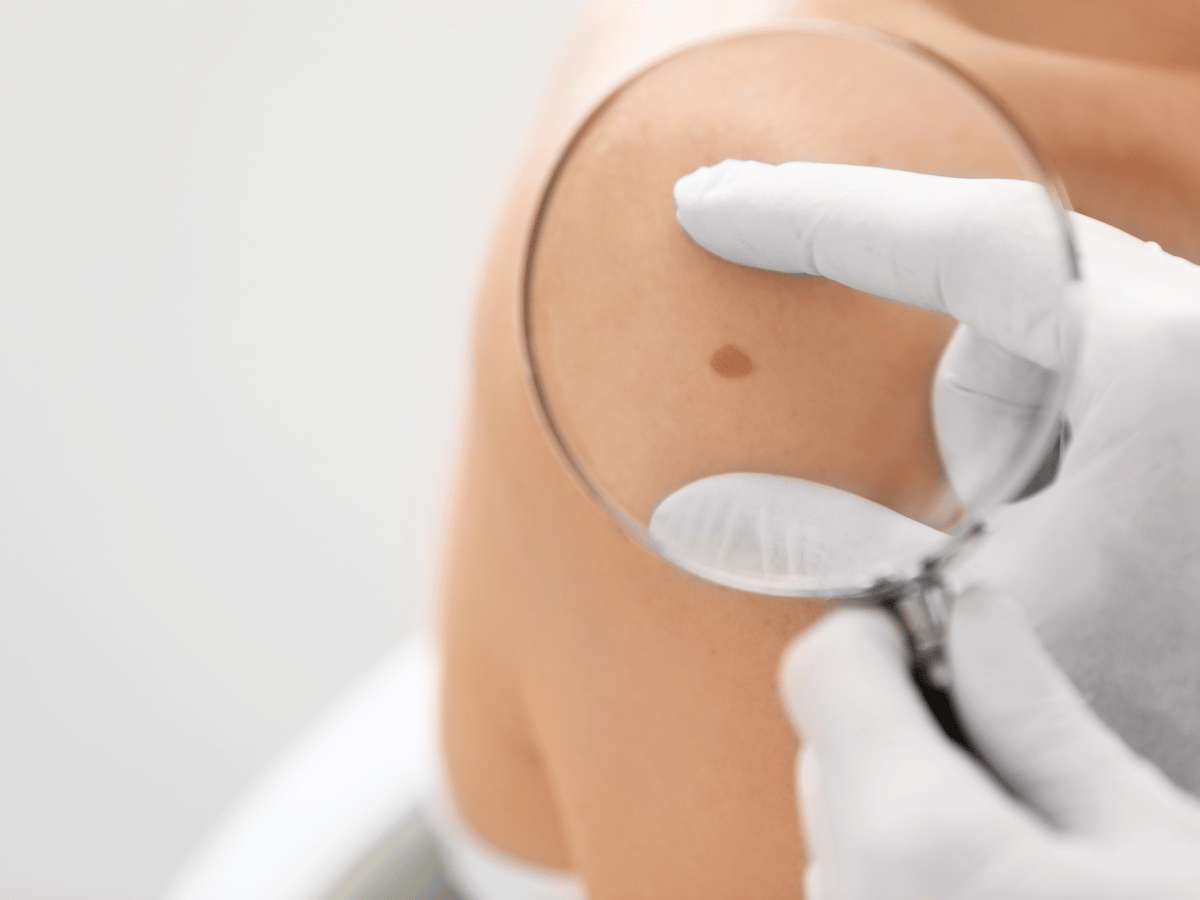Types of Psoriasis
Psoriasis is a chronic and common skin disease. While plaque psoriasis, with its red, itchy and scaly patches is the most common type, you should be on the lookout for other forms of the disease, as well. It is possible to have more than one type at the same time, and each type can evolve into another. If you suspect that you have any of the following, schedule an appointment with your dermatologist.
Plaque:
This is the most common and recognizable form of psoriasis. It features red patches of raised skin with a silvery-white coating. These itchy patches can appear almost anywhere on the body and can come in many sizes. While it may be tempting to scratch, doing so will only thicken the patches and prolong the healing process.
Guttate:
This form of psoriasis appears as small, red spots. While it generally appears on the abdomen, it can affect any portion of the body, particularly where you previously had plaque psoriasis. Guttate psoriasis can often flare up after an illness.
Pustular:
Pustular psoriasis is unique in that it consists of red, swollen bumps that are full of pus. When the bumps dry, the skin becomes scaly and can appear brown in color. These pus-filled bumps appear almost exclusively on your hands and feet, but if they are widespread, i.e. the majority of your body, you should see a doctor immediately, as this can be a sign of further, serious health problems.
Inverse:
Inverse psoriasis varies greatly from the other forms. It looks like smooth patches of raw skin, and it only develops where skin-to-skin contact takes place, like on the inside of your elbows or knees.
Erythrodermic:
This is the most dangerous form of psoriasis. Taking place on almost your entire body, your skin will turn bright red and look like it has been badly burned. The rash itches horribly and is accompanied by a large amount of burning pain. The body struggles to maintain its temperature and can fluctuate hot and cold rapidly when suffering from erythrodermic psoriasis. It is imperative that you go to the hospital immediately if you suspect that you have erythrodermic psoriasis, as it can be life-threatening.
If you need more serious help with skin issues or something else that is troubling your skin, we are here to help. Skin health is an important part of total body wellness. Schedule an appointment today with one of our board certified physicians to get your skin the care it needs so it can reach its fullest, healthiest potential.
Contact Knoxville Dermatology Group at 865.690.9467.




